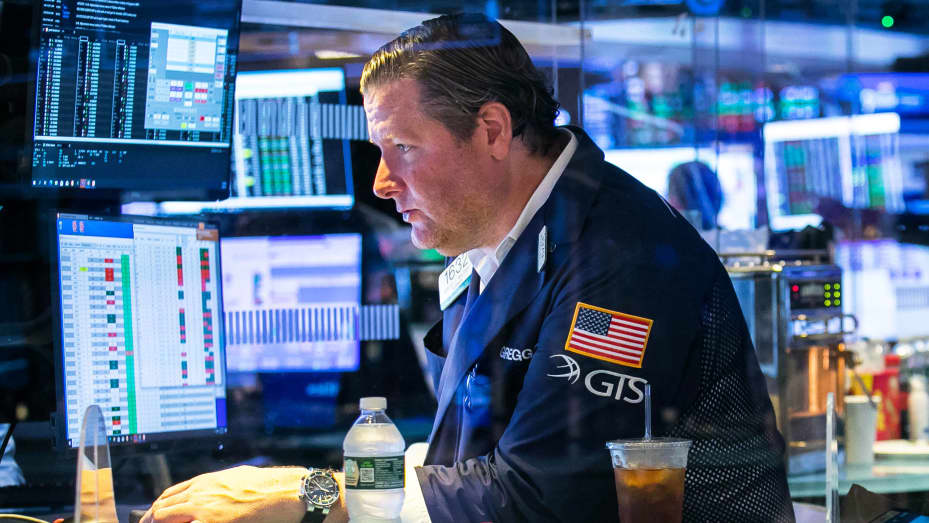
Halfway through 2021, the S&P 500 is back at a record and sitting just 1% below Goldman Sachs’ year-end target. The firm went through various second-half scenarios related to inflation, interest rates and tax policies that could change that outlook.
Goldman’s base case is for the the S&P 500 to rise slightly to 4,300 by the end of this year as inflationary pressures ease, interest rates climb and a portion of President Joe Biden’s tax proposal becomes law. However, since nothing is set in stone, Goldman broke down three “what if” scenarios where each macro assumption plays out differently and how it will affect equity returns, earnings and valuations.
What if inflation does not prove transitory?
The inflation debate has heated up on Wall Street amid the grand economic comeback. Some believe accelerating price pressures could derail the rebound for corporate America and their share prices, while others hold the view that inflation will remain temporary and companies will be able to defend their profit margins.
A key inflation indicator that the Federal Reserve uses to set policy rose 3.4% in May year over year, the fastest increase since the early 1990s.
“Higher inflation than we expect would boost sales but weigh on corporate profit margins. Inflation has been positively correlated with sales but negatively correlated with margins,” David Kostin, head of U.S. equity strategy, said in a note. “Rising input costs, including wages, could weigh on margins if companies fail to raise prices sufficiently to offset inflation.”
The bank added that persistently high inflation would also represent a headwind to valuation multiples as the Fed could hike interest rate faster and sooner to fight price pressures.
In such a scenario where inflation runs hot for a sustained period of time, Goldman advised clients to buy stocks with pricing power. At the sector level, health care, energy, real estate and consumer staples tend to outperform in an inflationary environment, Goldman said.
What if interest rates fall or rise more than expected?
Goldman forecast the 10-year Treasury yield will rise to 1.9% by the end of 2021, which will allow the S&P 500′s price-to-earnings ratio to remain at 22 times.
The benchmark bond yield started 2021 below 1%, and as the economy bounces back, the rate jumped high to hit above 1.7% at one point in March. The 10-year yield last traded just below 1.5%.
If rates were to overshoot Goldman’s forecast and finish the year at 2.5%, the S&P 500 would have a fair value of just 3,550, or 17% below today’s level, according to the bank’s dividend discount model.
High-growth tech stock could be under pressure particularly as higher rates reduce the value of future cash flows.
What if tax reform does not pass?
Biden and Democrats have called to raise the corporate tax rate to at least 25% from the current 21%. However, the $579 billion bipartisan infrastructure deal announced last week doesn’t include a reversal of the 2017 corporate tax cuts. The deal marks a slimmed down version of the $2.25 trillion proposal unveiled in March by the president.
Goldman estimated that a “no tax reform” scenario would lift its 2021S&P 500 EPS estimate by 5%, supporting a price target of 4500.
“Within the market, a failure to lift corporate and capital gains tax rates would generally favor Growth stocks,” Kostin said.
Meanwhile, Biden has also proposed a 39.6% top tax rate on capital gains and dividends for millionaires. This could hurt the tech sector as high-income investors would feel motivated to sell ahead of a potential rate hike, the firm said.
“With regards to capital gains taxes, Growth stocks such as those in the Tech sector have generated the strongest returns in recent years, suggesting the largest potential risk from tax-related investor selling ahead of a potential tax hike later this year,” Kostin said.
